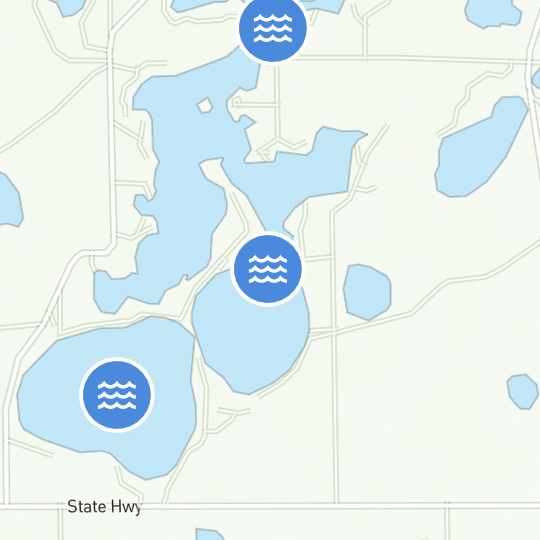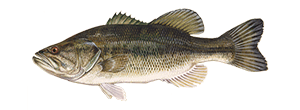Best Tide To Fish
Simply put, the best tide to fish is a moving tide. Determining the best times to fish in an inshore saltwater bay or estuary area is a helpful tip.
Fishing Tide Times
To put it simply, the best tide to fish is a moving tide. Determining the best times to fish in an inshore saltwater bay or estuary area isn't hard. If you focus on the spots where baitfish and crustaceans are carried through the current as the tide comes in or goes out, you will be off to a good start.
If you aren't sure where to find a tide table or tide chart, just search online for "tide tables fishing" or pick up a tide chart that covers your local area at a tackle shop. By learning about fishing tide times, and how saltwater tides can help clue you in on where to fish, you will become a more successful angler.
Outgoing Tides
Outgoing tides, or falling tides, will often carry the bait out into creeks and channels. If you fish an inshore area as the tide is going out, you are likely to see other anglers focusing on the mouth of the estuary. The reason for this is because game fish will often wait at the mouth of an estuary to feed on any baitfish or crustaceans as they are swept along with the outgoing current.
What other spots might be good to try after checking a fishing tide chart and learning that the tide will be going out soon? You can try inshore areas around dock pilings or other structure. Predatory game fish can often be found near structure on an outgoing tide. Structure such as pilings or jetties are good places for fish to ambush prey as it is carried out of the estuary on the outgoing tide.
Incoming Tides
In general, fish move into an estuary area as the tide flows in. An incoming tide, or rising tide, is considered one of the best fishing tide times. Water that enters an estuary area from the ocean can have a lower temperature, contain more oxygen, and have better clarity than the water that exists in the estuary during low tide or slack water periods. While this combination of factors will often encourage fish to feed quite actively, you should keep in mind that wind and other weather conditions can affect the best tides for fishing.
An incoming tide can be the best tide to fish when focusing on inshore tidal flats. As the tide begins to rise, and water flows over the saltwater flats, fish begin to patrol these areas in search of food. A good technique to try on an incoming tide is to fish between the deeper water beyond the edge of the flat and cast out to fish that may be moving onto the flat along with the rising tide.
Slack Water
Now that you know the best tide to fish is a moving tide, you may want to plan on taking a break from fishing during periods of slack water. The term slack water is used to describe the short periods of time when the tidal current stops and is not flowing in or out. While it's not impossible to catch fish during periods of slack water, it is usually much more of a challenge. When there is little to no water movement, the level of bait activity drops off dramatically and fish don't actively feed. Slack water is a good opportunity to rig your lines, stop for lunch or organize your tackle.
KEEP LEARNING

How to Tie the Non-Slip Loop Knot
The non-slip loop knot is a popular and reliable choice for securing hooks, lures, and other tackle to your fishing line.
LEARN MORE

Socials
Take me fishing social media links
LEARN MORE

TakeMeFishing x Teen Vogue
Join us on a creative journey as fashion designer Ahmrii Johnson walks us through her collaborative vision and process with Teen Vogue and fashion brand, Rentrayage, to create a special piece.
LEARN MORE


.png?lang=en-US&ext=.png)